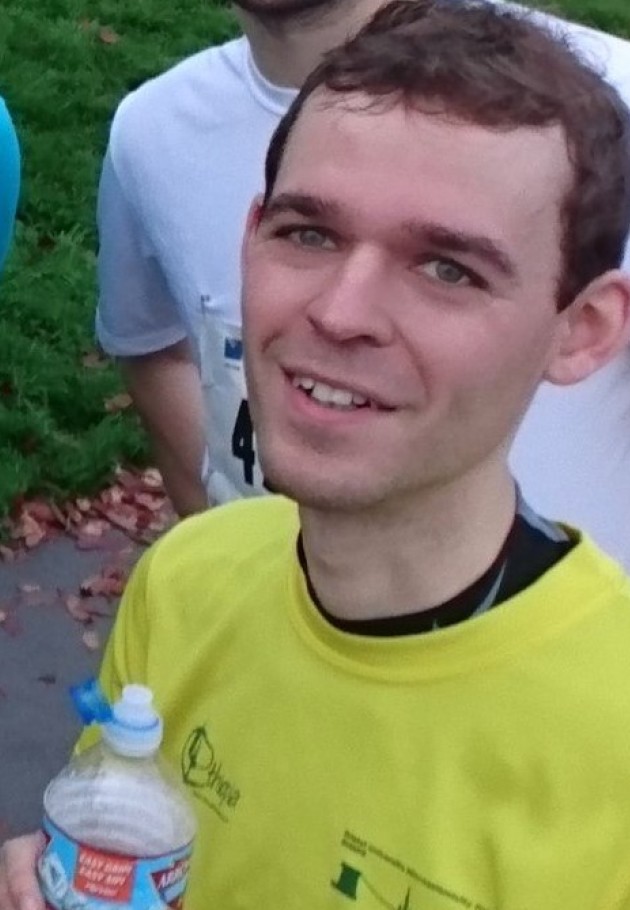
Dr David Schlaphorst (University of Lisbon) will give the Earth & Planets seminar on Tuesday 25 January, “Similarities and differences between the Madeira and Canary hotspots revealed by seismic anisotropy and subsurface discontinuity structure”.
Join us online on by clicking “Livestream” on the seminar page at 12:30 pm on 25 January.
Abstract
The Madeira and Canary archipelagos, located in the eastern North Atlantic, are two of many examples of hotspot surface expressions, but a better understanding of the crust and upper mantle structure beneath these regions is needed to investigate their structure in more detail. With the study of seismic anisotropy, it is possible to assess the rheology and structure of asthenosphere and lithosphere that can reflect a combination of mantle and crustal contributions.
As part of the SIGHT project, we have been observing seismic anisotropy beneath the Madeira and Canary archipelagos using shear-wave splitting. We collected data of local and teleseismic (for us: ~10000 km distance) events from a total of 18 stations in Madeira and 43 stations around the Canary Islands. Basing our observations on both teleseismic SKS and local S splitting, we are able to distinguish between multiple layers of anisotropy, caused by a variety of sources, such as asthenospheric mantle flow, anisotropy frozen in the lithosphere, and crustal features. In both regions we can see clear differences between western islands with active volcanism and eastern islands. The detected delay time decrease and more complex orientation patterns beneath the western Canary Islands and Madeira can be attributed to destructive interference due to mantle flow being disturbed and diverted on small-length scales, likely by a strong vertical component. In contrast, the eastern Canary Islands the pattern is more uniform. This is a clear indication of the existence of a plume at each of those archipelagos, nowadays exerting a strong influence on the western and younger islands.
In a next step, receiver functions are used to observe upper mantle discontinuity structure beneath the two archipelagos. Preliminary results show an interesting difference between the two regions, hinting towards different dynamics of the upwelling.
In the future, a broader network of ocean bottom seismometer stations (which is currently in operation as part of the UPFLOW project) will help to resolve broader subsurface patterns away from the islands.
About Dr David Schlaphorst
 David is a postdoctoral researcher in seismology at the Instituto Dom Luis of the University of Lisbon. There he works as part of the SIGHT project (“Seismic and Geochemical constraints on the Madeira Hotspot system”).
David is a postdoctoral researcher in seismology at the Instituto Dom Luis of the University of Lisbon. There he works as part of the SIGHT project (“Seismic and Geochemical constraints on the Madeira Hotspot system”).
After studying physics and geophysics in Münster, David completed his PhD at the University of Bristol, and has held postdoctoral positions there, as well as a part-time lectureship at the University of East Anglia.
His research focuses on observing and understanding subsurface dynamic processes of regions of oceanic lithosphere creation and destruction, as well as hotspots, using shear-wave splitting, receiver functions and ambient noise tomography.